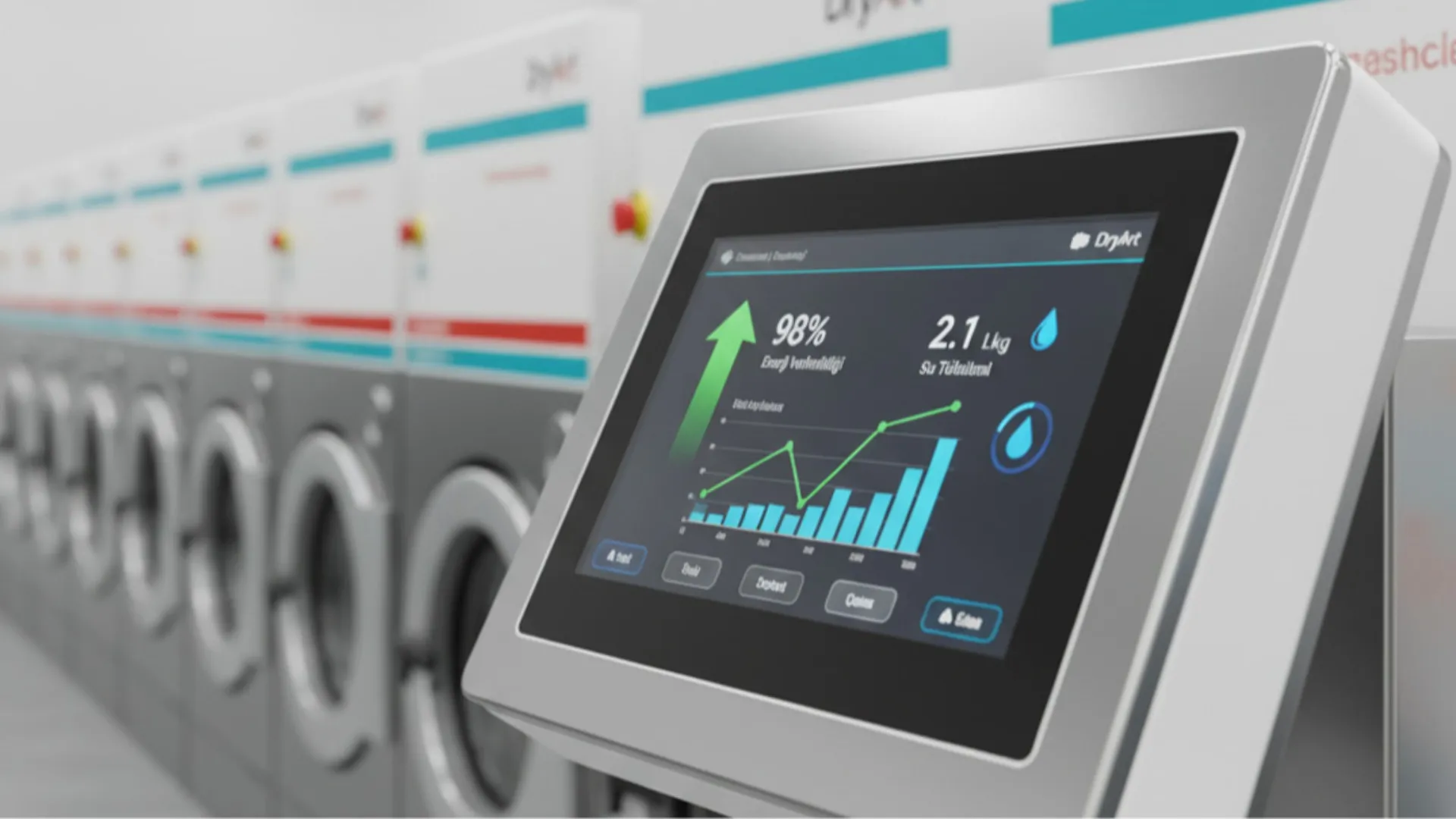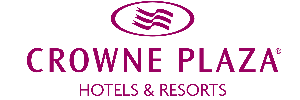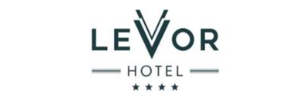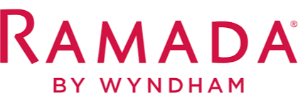When evaluating energy-saving goals, process optimization and sensor-based monitoring approaches are key considerations. Corporate managers and facility supervisors can use this guide to identify the steps required for implementation in production or service-oriented environments. The selection and integration of automatic washing systems enhance energy management processes and improve operational continuity. Additionally, solutions implemented alongside professional washing machines help control long-term costs and form the foundation of sustainable cleaning practices.
Efficiency Increase in Industrial Processes with Automatic Washing Systems
Automatic washing systems are integral components of operational efficiency in institutional facilities and, when applied correctly, provide capacity management, energy control, and labor optimization. These systems must be central to process design, with clear definitions for capacity classification, program settings, and water and detergent management during the project stage. When sensor-based monitoring and data recording infrastructures are established, deviations can be instantly detected, response times reduced, and maintenance costs minimized. Furthermore, automatic washing systems provide automated reporting mechanisms that simplify audits and internal quality tracking. During facility scaling, the system’s energy profile, water consumption data, and operational cycles should be considered, supported by scenario-based ROI analyses. Training, commissioning, and calibration schedules ensure the long-term performance of automatic washing systems. Supplier evaluation should include warranty coverage, spare parts availability, and service network accessibility. Integrated into operational procedures, automatic washing systems directly enhance facility performance and provide measurable indicators to management.
Energy and Time Management with Professional Industrial Washing Services
Corporate maintenance protocols play a vital role in sustaining automatic washing system efficiency. Service agreements, operation steps, and periodic maintenance schedules must be clearly defined to stabilize system performance and minimize unplanned downtime. Operator training programs improve fault detection and early-stage correction of quality deviations. Procurement decisions should be based on system performance data, energy measurements, and reference projects. When partnering with professional industrial washing service providers, institutions must explicitly include maintenance plans and warranty coverage within their contracts. Software integrated with automatic washing systems simplifies energy management and reporting, with collected data contributing to ROI analysis. For compliance and audit readiness, system logs should be reviewed regularly, and performance indicators used to generate improvement plans. This approach reduces operational burdens and provides reliable insights for business management.
Digital Control and Automation Technologies in Industrial Laundries
Digital control and automation infrastructure enhance standardization and visibility in industrial laundry operations, with automatic washing systems at the center of this transformation. Equipped with control panels, PLC logic, and IoT sensors, automatic washing systems allow real-time monitoring and remote intervention. On this digital foundation, regular updates, version management, and cybersecurity protocols are essential. Automatic washing systems enable rapid transitions to energy-saving modes via programmable dosing, temperature, and cycle management, leading to significant reductions in water and energy use. Data analytics tools utilize performance logs to generate trend analyses, predictive maintenance alerts, and improvement recommendations. In supplier evaluations, reference applications, test results, and spare part logistics must be considered. Digital control infrastructure ensures continuity, predictability, and reduced maintenance downtime while maintaining quality standards.
Optimizing Resource Use with Sustainable Washing Technologies
Sustainability-driven strategies reduce long-term operational costs and improve automatic washing system efficiency. By integrating water recovery modules, energy regeneration units, and programmable dosing technologies, facilities can significantly minimize environmental impact. These features, when incorporated at the design phase, reduce lifecycle costs and shorten ROI periods. Data generated by automatic washing systems forms the basis for energy and water optimization, enabling continuous operational improvements. Procurement evaluations should consider system certifications, reports, and field references. Organizations should perform cost-benefit analyses between sustainable washing technologies and automatic washing systems to prioritize investments effectively. Maintenance protocols should include energy performance goals and periodic validation. These practices standardize reporting and support long-term facility planning.
The Contribution of Smart Washing Systems to Corporate Hygiene Standards
Smart monitoring and control mechanisms ensure consistency in hygiene and quality management, with automatic washing systems playing a critical role. They regulate temperature, detergent dosage, spin speed, and duration to produce repeatable textile care outcomes. When automatically recorded, these parameters provide immediate access to data for inspections and quality validation. On-site audits should align with system compliance reports, supported by regular calibration and sensor checks. Automation software integrated with professional washing machines ensures coordination, minimizing downtime caused by maintenance. Training, safety, and maintenance guidelines are essential for sustainable system performance, while periodic personnel assessments maintain competency. Investments in energy efficiency, when planned in parallel with automatic washing systems, lower costs and maintain hygiene quality, resulting in efficient and audit-ready operational models.
























